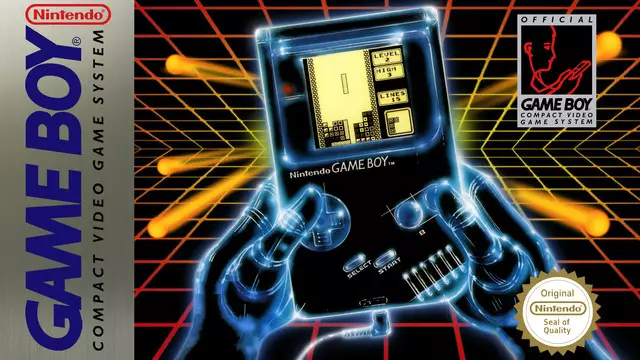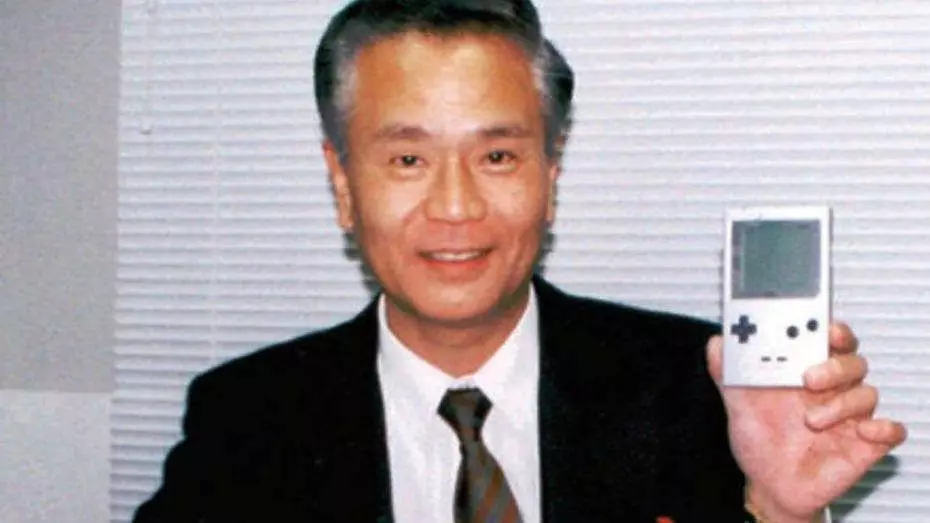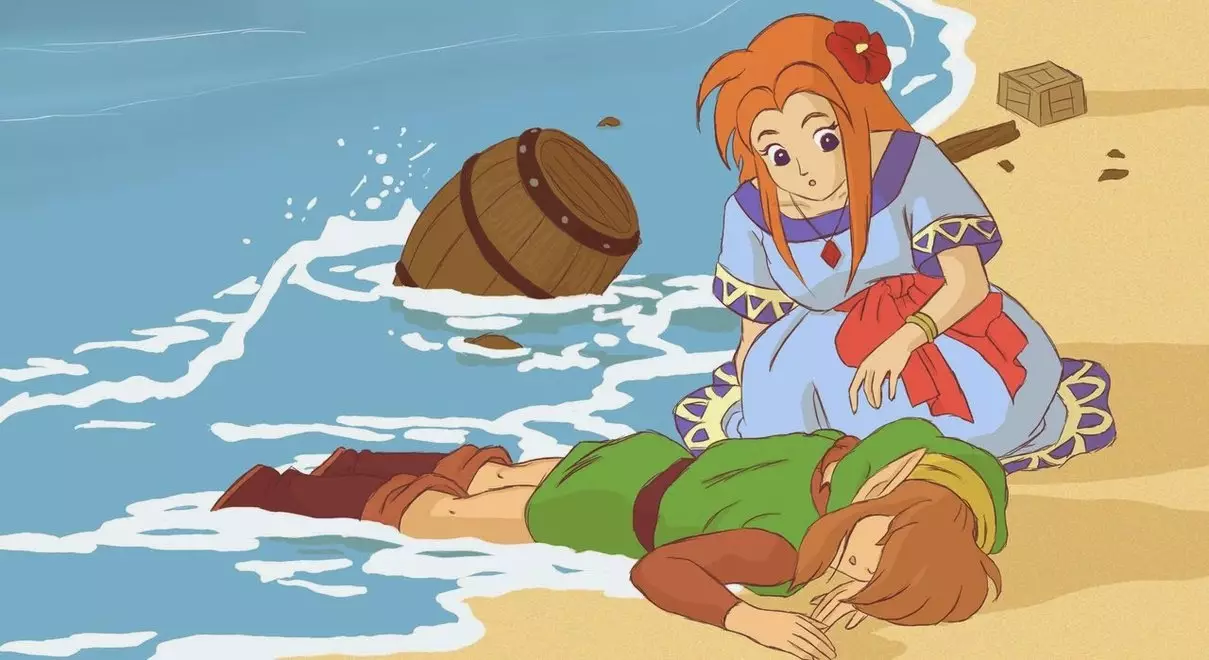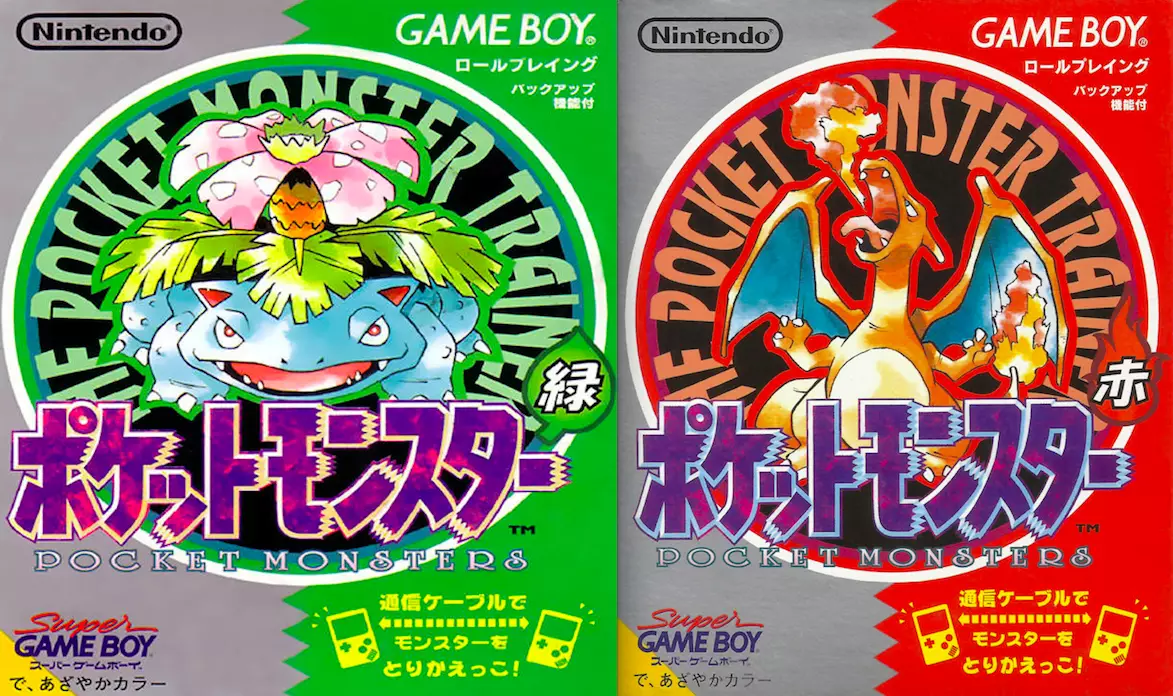
Nintendo's having quite the 2019. The year marks the 130th anniversary of the gaming giant, and its marked the occasion with the release of the Switch Lite, a new dedicated handheld to sit beside the all-conquering Nintendo Switch.
2019 also marks the 30th anniversary of Nintendo's first handheld console, the Game Boy. It went on to sell over 118 million units, including the Game Boy Color models; and its successor, the Game Boy Advance, would sell 81 and a half million.
Suffice to say that without the Game Boy, handheld gaming might have evolved in a very different way. And here's five facts about the Game Boy that any gamer worth their platinum trophies needs to know about.
Advert

The Game Boy Wasn't Immediately Loved at Nintendo
While acknowledged as a vital piece of gaming hardware today, the Game Boy wasn't a hit with everyone at Nintendo, prior to its release. There are reports that the console - code-named DMG, standing for Dot Matrix Game - was seen as a poor product, with some staff labelling it lame and hopeless. Opinions soon enough changed of course, and the console's codename went on to inspire the end product's model number: DMG-01.

The Philosophy of Gunpei Yokoi
The Game Boy's designer was Gunpei Yokoi, a veteran Nintendo employee who joined the company in the mid-1960s. His first creation for Nintendo was the Ultra Hand, a toy extendable arm used to grab things from a distance. It was a huge success, and Yokoi went on to design Nintendo's Game & Watch series and invent the four-way d-pad we still use today. And that, in turn, inspired him to create a genuine handheld console: the Game Boy.
Advert
Yokoi followed a design philosophy that looked to use existing technology effectively, for a wide audience. This was called "Lateral Thinking of Seasoned Technology", and basically meant that rather than look to the cutting edge of development, Yokoi and his teams would make products that were easy to understand and could be afforded by a large audience.
It's this thinking that inspired the Game Boy's monochrome screen - it made the console cheaper to make, and extended the console's battery life, giving it a great advantage over SEGA's Game Gear and the Atari Lynx, which had colour screens but chewed through batteries in the blink of an eye.
Yokoi left Nintendo in 1996, having also worked on the games Kid Icarus, Dr Mario and Metroid, and design the ill-fated Virtual Boy console. He moved to Bandai to lead development of the WonderSwan handheld, but died in a road traffic accident in 1997.
Advert

The Birthplace of Kirby and Wario
Many a Nintendo franchise and beloved character alike has started life either in the arcades or on home consoles. Mario, Samus, Yoshi, Link, Zelda, Fox McCloud, Pit, Captain Falcon... the list goes on and on. But there are two familiar faces who debuted on the Game Boy, and have gone on to become mainstays in Nintendo releases.
Wario made his bow in the 1992 Game Boy platformer Super Mario Land 2: 6 Golden Coins, as the game's primary antagonist. It didn't take long for him to become the headline act in his own games - both Wario Land: Super Mario Land 3 for the Game Boy and Wario's Woods for the NES came out in 1994, and since then he's made countless appearances in all manner of crossover releases, as well as being the star of the WarioWare series.
Advert
Kirby's also become a common sight in Nintendo's crossover series Super Smash Bros. - he was introduced as a starter character in the very first Smash Bros game back in 1999. But his first game ever was Kirby's Dream Land on the Game Boy, released in 1992 and designed to be a simpler game, more accessible for beginners, than the popular Mario platformers.
Then came 1993's Kirby's Adventure on the NES, which introduced the character's ability to copy enemy powers. And the same year saw the lovable pink blob return to the Game Boy for Kirby's Pinball Land. Yes, he was the ball. Obviously.

The Game Boy Was a Girl's Best Friend, Too
Video games were commonly seen as being of interest to boys in the 1980s, as so many adverts from the era make clear. But in 1995, Nintendo released some eye-opening information regarding the Game Boy's audience.
Advert
While only 14% of Super Nintendo players were female, and 29% of NES users, that figure shot up to 46% when it came to the Game Boy. Perhaps that had something to do with how the Game Boy was presented as a very accessible console; or the range of games available for it, which skewed from arcade ports full of spaceships and machine guns to less-violent puzzle titles and cartoony platformers.
Perhaps, as without a time machine, it's not like we can travel back and ask people, personally.
Of course, we could simply ask women today about why they got a Game Boy as their first console. So we did, and we were told by one gamer that Pokémon was a major factor in picking up Nintendo's handheld - but more on that in a moment. Another owner highlighted the console's price as a major factor in her family picking it out for her, and she went on to love Kirby's Dream Land, Wario Land and Link's Awakening. A third got her Game Boy for Christmas - with a briefcase-proportioned carry case, no less - and quickly fell for DuckTales before nagging her parents to import Pokémon Blue, because she just couldn't wait for the European Release. Which leads us to...

The First Time We Ever Caught 'Em All
Pokémon is a phenomenon, spanning toys and books, movies and more, and it all started on the Game Boy. On February 27 1996, Pokémon Red and Green released in Japan, introducing gamers to the Kanto Region and the starter Pokémon of Bulbasaur, Charmander and Squirtle.
Each featured 151 Pokémon, including the elusive Mew, but to properly catch 'em all, players needed to trade using the Game Boy's Link Cable. Today, February 27 is known as Pokémon Day, around the world, marking the release of these massively important Game Boy titles.
Red and Green would become Red and Blue for the games' American and European releases, in 1998 and 1999 respectively. Pokémon Yellow, aka the Special Pikachu Edition, came out in Japan in 1998, America in 1999 and Europe in 2000.
Yellow was remade in 2018 as Pokémon: Let's Go for the Switch - which conveniently links the past with the present, the Game Boy with Nintendo's current handheld console, and shows us just how much today's players owe to this 30-year-old brick of off-white plastic and green pixels.
Featured Image Credit: Nintendo/James Daly